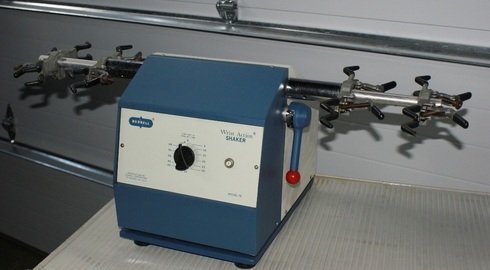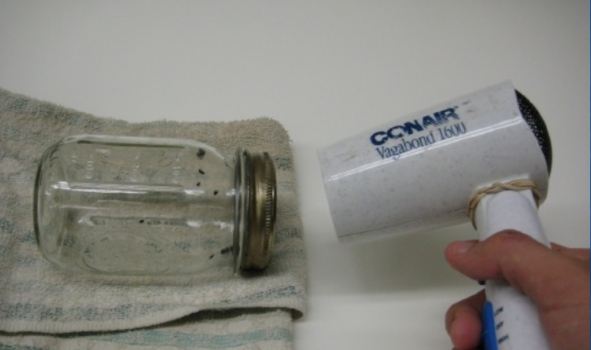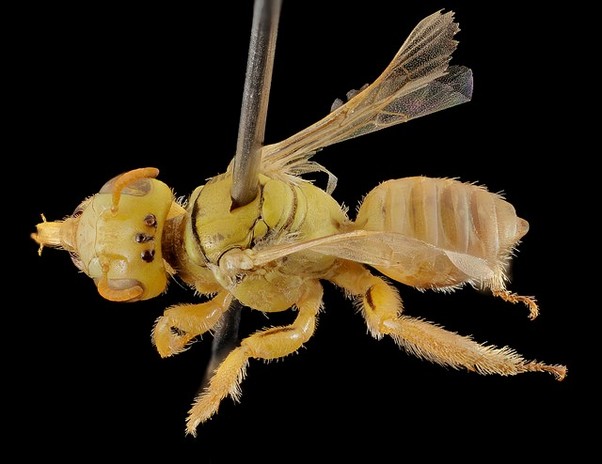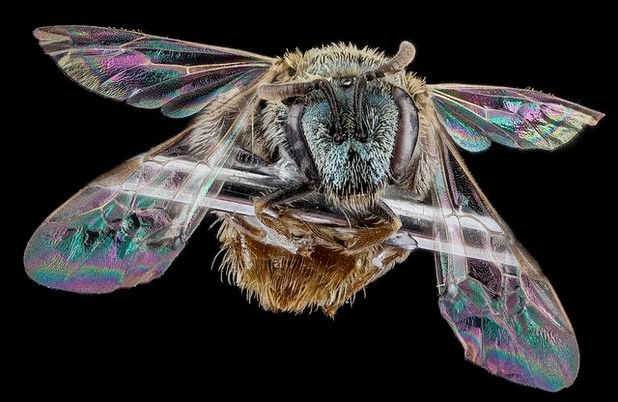By: Dejen Mengis
Undergraduate Student
I came to the vanEngelsdorp bee lab this semester to take over the native bee survey started by Sue Boo over the summer. The last of 5 collection events was on October 9, 2014 so the bees sat in the freezer for about 2 weeks while we were getting supplies ready to begin processing. For an overview of the methodology of the study you can refer to Rachel Fahey’s November 11 post “UMD Native Bee Survey.” The bees can essentially stay in the freezer indefinitely if they are immersed in ethanol while they are in the freezer
There are a lot of ways that you can wash and dry bees, depending on factors such equipment available, desired speed, and quality of final product. However there are some basic principles of bee washing that carry through each technique. The first is that the method of collection for a sample will play a large role in the level of cleanliness you can get from the bees and the effort required to get to that cleanliness. Our samples were caught in traps filled with soapy water, so there was no problem in getting them clean. However if you catch your sample in propylene glycol or some other oily solution, you will have to use more intense washing methods, such as extensive soaking and rinsing in steaming hot water, in order to get the bees clean.
Once the bees are dry, they are ready for pinning. Just as with washing, there are a number of different techniques you can use to pin. A common technique is to hold the specimen between your thumb and forefinger in one hand and insert the pin through the scutum on the thorax using a size 2 pin, as shown below. Then slide the insect until it is about 80% up from the top of the pin.





 RSS Feed
RSS Feed